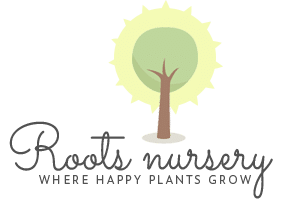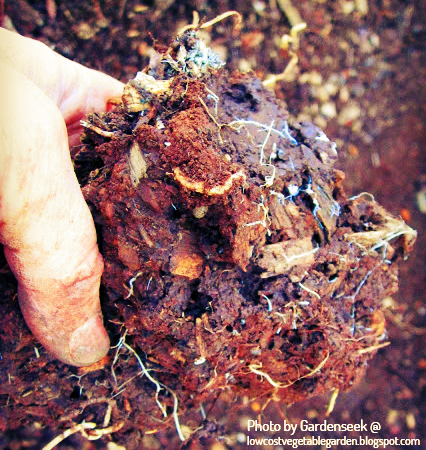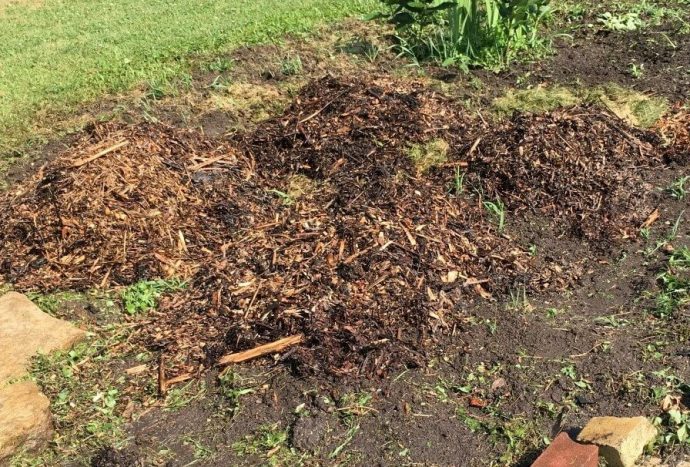Its no secret, good soil grows good plants. You know it, I know it, but the experts in the horticultural trades are learning more… Agriculturists are discovering soil secrets to grow healthy, gargantuan plants that cut fertilizer costs to a minimum. Good soil is all it takes.
And you can GROW good garden soil. Thousands of tiny organisms are eating away at your soil every day… and pooping it out! You know the best organic fertilizer is, you got it…POOP. Cow poop, chicken poop, worm poop. Its in all the stores. Mico organism poop is just as good and its already IN your soil… but you can grow your microbe count and improve your garden soil by ridiculous amounts.
Plants have an immune system, just like people do. Good soil grows healthy plants with a strong immunity able to absorb nutrients and fend off disease and insects. Healthy plants thrive without chemical dependency. Chemicals are in fact detrimental to the long term health of your soil because they kill off the microbes.
Lets let a pro explain the soil biology (If youre interested in growing super healthy plants watch this! then watch it again in 6 months)
So, you got it? Bacteria and fungus. thousands of different types, all helping you grow bigger better plants. Aint nature grand?
How to Make Good Garden Soil. Starting from Scratch
How do I get beneficial microbes into my soil? That’s the best part, they’re already IN there. You just have to keep them happy and feed them well so they can multiply.
Fungus loves roots. roots love fungus (fungi to be correct). They feed each other and help one another grow. It’s the greatest love affair of all time. Let’s figure out how to fan the flames.
Humus + Bacteria and Fungi + Plants
Humus
It’s the perfect environment. Soil humus is created by the decomposition of organic matter. It’s light and fluffy and contains nutrients that feed both microbe and plant. Its the perfect environment for both to thrive. Microbes will eat nutrients that are unavailable to the plant, break it down and actually feed it to the plant.
Adding organic matter to the soil each year helps the symbiosis GO. If you have space and materials to make your own compost, its so much fun and an ultra effective way to create soil your plants will love. I’d never leave my garden without it!
Wood Chips are also an excellent source of organic matter. I’ve added them as an ingredient in my compost. You’d be surprised how fast they break down when they’re mixed in. And always, every year, we lay on a super thick, 6″ layer of woodchips as mulch to help control weeds. It’s insanely effective. Where we live, wood chips are plentiful and FREE! If your town doesn’t deliver free wood chips, try out AboutTrees.com to help you find them. If they can’t help you, you can also call local tree services. I’ve even flagged down tree trimmers while they’re working in the neighborhood so they can deliver the chips immediately when they’re done with their job. You’d get a kick out of our reaction to the sound of a nearby chipper. Seriously, its like kids running for the ice cream truck.
Some people don’t like wood chips in the garden. Can you imagine? The woman working at the hardware store actually told me that ‘when the roots hit the woodchips or an air pocket in between, they die’. I nodded my head politely and went about my business. I’d rather pay attention to what’s working for people… Check out Garden Seeks blog post about using woodchips in the garden soil. The winner in this experiment was a 50% woodchip/garden soil mix.
This is already happening in my yard. Some of my soil is really compacted and it really helps to loosen it up. I’ll let you know about the results.
Bacteria and Fungi
They already live your the soil. Keep feeding them with organic matter. You can leave plant roots in the soil after every season to provide food and organic matter.
You can also ‘inoculate’ your soil, adding even more bacteria and fungi. I purchased a form of inoculant, the Jobes/Proven Winners brand just yesterday. It’s filled with bacteria and fungi (oh my). But if you’re really motivated you can make your own!
How to Make Your Own Inoculant
A lot of rave about the benefits of compost tea. Drenching the soil and sprinkling the leaves of their plants had brought them massive results. I always thought making compost tea seemed hard. Of course, I can’t judge because I’ve never tried it.
The Master Gardeners in Gwinnett County Georgia came up with this method. (the procedure is at the bottom of the page. It takes a whole summer, but seems easy and like a lot of fun. In short, you’ll grow an annual plant that is known to form mycorrhizae, in sand. The roots will entirely fill the pot of sand by the end of the summer. Cut off the plant and save the root filled sand in a cool dry place until next season. Now you have a homemade organic fertilizer to sprinkle on your plants or mix in with your garden or potting soil!
Plant Roots
Mychorriza (my-kor-eye-za) is the mutual relationship between roots and fungus. The ‘Rhizosphere’ is the 1-inch area immediately surrounding the plant’s roots where bacteria and fungus congregate and cycle nutrients. They feed off of the carbon content of plant roots then poop them out, at the root making these nutrients more available to the plant.
Farmers have begun to realize that no part of their land should be ever without some kind of plant. They grow cover crops in between rows or in rotation. Crops like vetch, ryegrass and soybeans are turned back into the soil. This adds organic matter (food for fungi) back to the soil, prevents compaction, helps retain moisture and grows great plants!
SO, there you have it. Nutrient-rich garden soil, able to grow healthy, disease resistant plants without tilling or chemicals and much much less prone to weeds.


